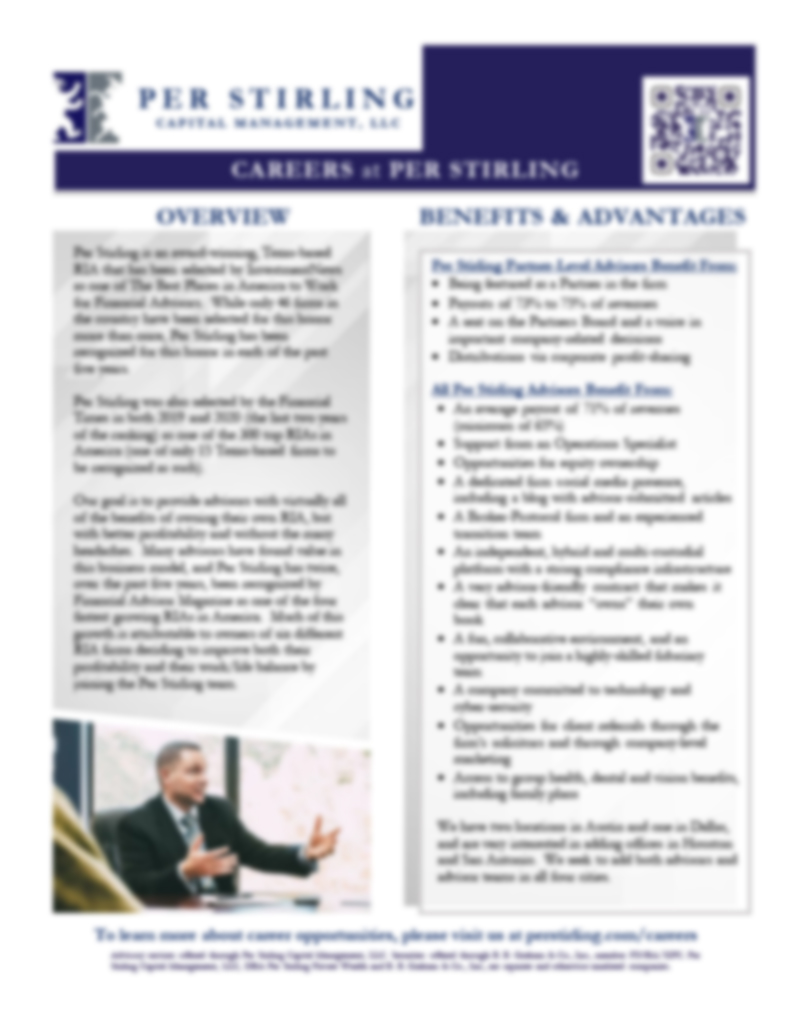11
JulyQ2: A Remarkable Period for What Happened and What Didn’t
In many ways, the second quarter was a period of sea change.
On the political front, the quarter witnessed fairly stunning election results across much of the globe, including a sharp shift to the political right in Germany, a dominating performance by both political extremes in France, an underwhelming victory by Modi in India, a hard and emphatic swing to the left in Mexico, and expectations for a leftward shift in Britain, after 14 years of Tory rule. That’s not even to mention the trial and conviction of a former U.S. President and a presidential debate that will likely be talked about for years to come.
It is noteworthy that, while there is historically only a very tenuous relationship between politics and the markets (particularly in the U.S.), the election results in India and Mexico each produced a greater than 5% equity sell-off the day after the election.1 It was the worst day for Mexican stocks since the Covid-19 shock in 2020.2
Shifts in monetary policy were arguably no less dramatic, with the European Central Bank, along with the central banks of Switzerland, Canada and Sweden, finally cutting interest rates after years of aggressive monetary tightening (rate hiking), while guidance from the Federal Reserve shifted from expectations for three 0.25% rate cuts this year, which was their guidance a quarter ago, to only one cut in 2024. Moreover, just prior to the start of the quarter, the Bank of Japan actually raised interest rates for the first time in seventeen years.3
While the Fed has made it very clear that they would like to lower rates, they continue to be restrained by unacceptably high levels of inflation, particularly in shelter costs and, to a lesser extent, wages. Indeed, during the quarter, the Fed revised its end-of-2024 inflation forecast to 2.8%, up from the previous forecast of 2.6%.4
Nonetheless, the Fed did slow its pace of “quantitative tightening” during the quarter so, while they are still modestly tightening monetary policy (“tapping on the economic brakes”), they are now doing so less aggressively.
We believe the quarter did produce some signs of a slowing economy, suggesting that high interest rates may finally be having their effect, which could ultimately cool off inflation and allow interest rates to meander lower.
In regard to equities, while most of the U.S. indices that feature large companies hit all-time highs during the quarter, they had to overcome a greater than 5% decline in April, when the markets sold off on hawkish comments from the Federal Reserve. For the quarter, the Dow Jones Industrial Average lost -1.3%, the Standard & Poor’s 500 Index gained 4.3%, and the NASDAQ Composite gained 8.5%, while the Russell 2000 Index of small and mid-sized stocks lost -3.3%.
The Russell 1000 Index, which includes the 1,000 largest public companies in the U.S., gained 3.6%. However, that significantly overstates the strength of the stock market during the quarter. Indeed, according to the Bespoke Report, only 35% of the index’s members made gains during the quarter, and the average stock actually fell by -4.2%.5 While the largest 10% of those 1,000 stocks averaged quarterly gains of 0.76%, the smallest 10% averaged losses of -9.84%. Moreover, if you excluded the four largest stocks (Nvidia, Apple, Alphabet and Microsoft), that 1,000 stock index would have actually been down on the quarter,6 so market breadth was very poor.
Emerging market stocks averaged gains of 5.0% for the quarter on the back of strong returns in India and China, and despite very poor market performance across most of Latin America. Developed Pacific markets averaged losses of just over -2%, while European stocks averaged de minimis gains of only 0.6%.7
Bond Market returns were similarly muted during the quarter, with the average domestic bond, as represented by the Bloomberg Aggregate Bond Index, gaining 0.1% during the period.8
In summary, while the second quarter was a period of significant change on the geopolitical and macroeconomic fronts, most capital markets, with the notable exceptions of small-cap stocks and a select few mega-cap technology stocks, basically finished the quarter where they started.
Disclosures
Advisory services offered through Per Stirling Capital Management, LLC. Securities offered through B. B. Graham & Co., Inc., member FINRA/SIPC. Per Stirling Capital Management, LLC, DBA Per Stirling Private Wealth and B. B. Graham & Co., Inc., are separate and otherwise unrelated companies.
This material represents an assessment of the market and economic environment at a specific point in time and is not intended to be a forecast of future events, or a guarantee of future results. Forward-looking statements are subject to certain risks and uncertainties. Actual results, performance, or achievements may differ materially from those expressed or implied. Information is based on data gathered from what we believe are reliable sources. It is not guaranteed as to accuracy, does not purport to be complete and is not intended to be used as a primary basis for investment decisions. It should also not be construed as advice meeting the particular investment needs of any investor.
Past performance is no guarantee of future results. The investment return and principal value of an investment will fluctuate so that an investor’s shares, when redeemed, may be worth more or less than their original cost. Current performance may be lower or higher than the performance quoted.
Small capitalization securities involve greater issuer risk than larger capitalization securities, and the markets for such securities may be more volatile and less liquid. Specifically, small capitalization companies may be subject to more volatile market movements than securities of larger, more established companies, both because the securities typically are graded in lower volume and because the issuers typically are more subject to changes in earnings and prospects.
Investing internationally carries additional risks such as differences in financial reporting, currency exchange risk, as well as economic and political risk unique to the specific country. This may result in greater share price volatility. Shares, when sold, may be worth more or less than their original cost.
Investments in emerging markets may be more volatile and less liquid than investing in developed markets and may involve exposure to economic structures that are generally less diverse and mature and to political systems which have less stability than those of more developed countries.
Definitions
The Standard & Poor’s 500 (S&P 500) is a market-capitalization-weighted index of the 500 largest publicly-traded companies in the U.S with each stock’s weight in the index proportionate to its market. It is not an exact list of the top 500 U.S. companies by market capitalization because there are other criteria to be included in the index.
The Bloomberg Barclays US Aggregate Bond Index measures the investment grade, US dollar-denominated, fixed-rate taxable bond market. The index includes Treasuries, government-related and corporate securities, MBS (agency fixed-rate pass-throughs), ABS and CMBS (agency and non-agency).
The Nasdaq Composite index tracks the performance of about 3,000 stocks traded on the Nasdaq exchange. It’s mainly used as an indicator of how well companies in the tech sector – both large and small – are doing.
The Russell 2000 Index measures the performance of approximately 2,000 small-cap companies in the Russell 3000 Index, which is made up of 3,000 of the biggest U.S. stocks. The Russell 2000 serves as a benchmark for small-cap stocks in the United States.
Dow Jones Industrial Average is a price-weighted average of 30 actively traded blue-chip stocks, primarily industrials including stocks that trade on the New York Stock Exchange. The Dow, as it is called, is a barometer of how shares of the largest US companies are performing.
Citations
-
“India election: Why Modi’s narrow win sent the stock market tumbling”, John Power, Posted 6/5/2024, https://www.aljazeera.com/economy/2024/6/5/india-election-why-modis-narrow-win-has-the-stock-market-in-a-spin
-
“What Claudia Sheinbaum’s Landslide Win Means For Mexico Investors”, Garth Friesen, Posted 6/5/2024, https://www.forbes.com/sites/garthfriesen/2024/06/04/mexicos-election-market-reaction-reforms-and-investor-concerns/
-
“Japan raises interest rates for first time in 17 years”, Peter Hoskins & Mariko Oi, Posted 3/19/2024, https://www.bbc.com/news/business-68594141
-
“Top ETF Stories of Q2 2024”, Sanghamitra Saha, Posted 6/27/2024, https://finance.yahoo.com/news/top-etf-stories-q2-2024-160000062.html
-
“Same As It Ever Was”, Bespoke Investment Group, Posted 6/28/2024, https://www.bespokepremium.com/bespoke-report/the-bespoke-report-6-28-24-freaky-friday/
-
“Same As It Ever Was”, Bespoke Investment Group, Posted 6/28/2024, https://www.bespokepremium.com/bespoke-report/the-bespoke-report-6-28-24-freaky-friday/
-
“Total Return Review”, James Bianco, Posted 7/1/2024, https://www.biancoresearch.com/visitor-home/
-
“Total Return Review”, James Bianco, Posted 7/1/2024, https://www.biancoresearch.com/visitor-home/





